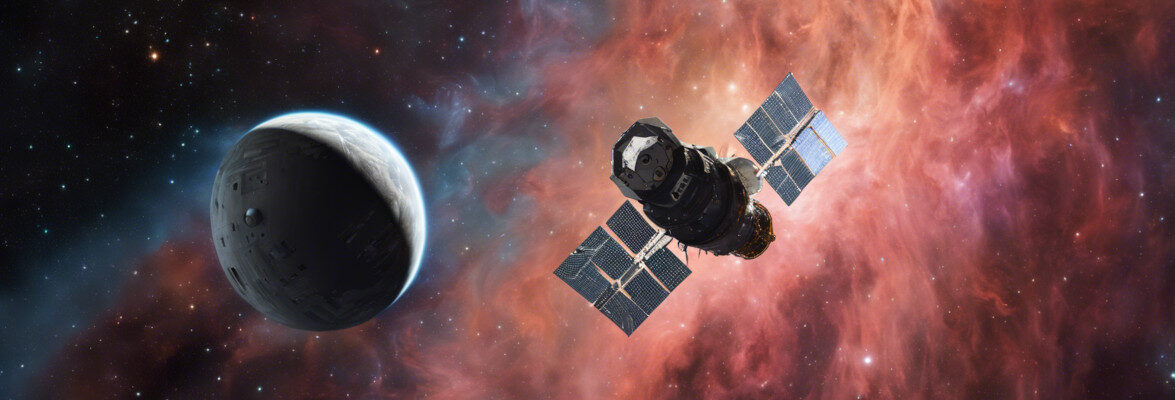
NASA has published photographs of star-shaped and swallowtail rock formations discovered by the Mars Rover Curiosity during the exploration of the area of Gale Crater on Mars called Vera Rubin Ridge. This ridge is offering interesting research cues, in this case gypsum crystals similar to those found in lakes that dried up on Earth, for example in Scotland. This is another clue of the fact that in Gale Crater in ancient times there was a lake.
NASA is slowly reconstructing the geological and climatic history of Gale Crater and in recent months of the Vera Rubin Ridge through the data that the Mars Rover Curiosity keeps on gathering in the area. In November 2017, the filters applied to the images collected allowed to highlight the present hematite, only the last clue of the ancient presence of water.
This time, the object of the study was a specific rock, which was called “Jura”. To capture images of small objects in their details, the Mars Rover Curiosity has a specific camera called the Mars Hand Lens Imager (MAHLI). Three images taken on January 4, 2018 with that instrument were combined into the one above. The detail in the circle shows the shape of a crystal in a magnified version on the left.
The choice of that rock was due to the fact that from the orbit the bedrock appeared pale and gray while in the rest of the Vera Rubin Ridge tends to be red due to the presence of hematite. However, the gypsum crystals were noticed only when the Mars Rover Curiosity started studying the Jura rock because they’re really tiny. Various typical shapes of those crystals have been detected in that rock.
Crystals of that type have been studied in various areas on Earth, for example in certain rocks found in Scotland. A typical case in which they are formed is when a lake evaporates and the salts get concentrated in the water that remains. That’s consistent with the presence of a finely laminated bedrock in that area of Gale Crater, which increasingly appears to be the product of the sedimentation of a lake.
However, mission scientists tried to provide alternative explanations to the presence of those gypsum crystals because from the scientific point of view it’s correct to take into consideration all the plausible ones. In this case, there’s the possibility that they formed much later by the saline fluids in their movements through the rocks.
That’s not just a hypothetical case because it was documented by the Mars Rover Curiosity in different geological layers, where underground fluids deposited products such as mineral veins. Some rocks in that area have mineral veins with two different colors generated by gypsum and iron formed after the lake’s sediments hardened into the rock.
Some stick-shaped rock parts were spotted two days before the Mars Rover Curiosity reached Jura. The image below shows an area about 5 cm (2″) long assembled by photos taken by the MAHLI instrument on New Year’s day 2018 in a rock called “Haroldswick”. The origin is uncertain and their shape stimulated quite imaginative hypotheses in the public but the investigation continues.
Even if no real clues were found of the presence of life forms in the past, the presence of an ancient lake is interesting also to understand if the conditions were favorable in a remote past. Some clues such as the chemical reactions that could take place in that environment deserve the long period for the investigation that the Mars Rover Curiosity is conducting in that area.



Permalink
Where did you come up with the name “Gypsum”?
Permalink
Gypsum is a mineral, see Wikipedia page.
Permalink
This “Gypsum Rock” doesn’t look like a rock, It looks more like “Bones”.
Permalink
Both rock in the images are really small so their shape can be deceiving.